Celebrating 40 years in Italy and my 70th
Have you ever thought about buying a one way ticket to Europe? I did, in 1984. Follow along and cook with me ,becoming a Tuscan cook, one recipe at a time.
In 2024 I celebrated 40 years in Florence and my 70th birthday. I never thought I would live to be 70, and NEVER thought I would be living in Italy. I decided to share how I, a 30 year old Pastry Chef from San Francisco ended up teaching cooking in Tuscany.
Ciao! Welcome
It’s hard to believe it’s been 40 years. In this Culinary Memoir, Simply Divina Becoming a Tuscan cook, one recipe at a time, I will share how I ended up living and working in Tuscany. It takes a village or, in my case, a renaissance town, Florence, to share the secrets of local recipes and, at the same time, build up friendships in a new country.
The PLAN
Language lessons
When I decided that I was going to buy a one-way ticket to Europe in 1984 to apprentice in a pastry shop in France, I knew I was also going to take a month of Italian classes in Italy.
Although I had studied French all my life, I was shy whenever I went to France and unsure when speaking. That was compounded by the fact that, back in the late 70’s and 80’s, Parisians were famous for not wanting to try to understand. I knew my French language would be enough to get by, and living there would give me more confidence in speaking.
To prepare for the Italian part of the trip, I signed up for some basic Italian classes in San Francisco. It’s always a good idea to have some words to be polite. They usually don’t teach you food words in language classes. Buying a cooking magazine or a cookbook in the original language is an excellent idea to help with that.
My roommate Kathy had just returned from a year in Paris and a year in Rome and told me that I would love Italy and that Italy would love me. How could I say no? When I said I was going, three friends decided to join me on the trip to France, and then we would split up, and I would go to Italy on my own.
You will love Italy, and Italy will love you- Kathy Condon ( my SF roommate)
The owner of the hotel I had worked in, the 5-star Stanford Court Hotel, Jim Nassikas, had written me a lovely letter of recommendation. I had worked at the hotel for seven years, starting as a cashier, then as a waitress, and finally as a pastry chef. I had taught myself a lot by studying from books and some specialty workshops and classes.
With my letter of recommendation in hand, I now needed to map out destinations.
The trip destinations:
Paris
My bible for Pastry was Lenotre. The dream would be to work for him in Paris. I was told to write my request in French when I was ready to come to France. That was scary. I held off writing the letter and thought that once I was there and had checked things out, and my spoken French was on point, I could feel good about writing for an apprenticeship.
In Paris, a friend of a friend in San Francisco was running the Cordon Bleu, another great contact. I knew that they often needed assistants in the classes for foreigners. Assisting in a cooking school is a great way to learn while you work.
Lyon
Growing up, we took in French exchange students. Many were from the families of friends of my grandfather's from business connections he had made. One of the boys we took in lived in Lyon. So, that made sense to stop there.
Paul Bocuse, another one of the creators of the Nouvelle Cuisine, was there as well as Bernachon Chocolatier—a paradise for a cook.
Nice
Nice was on the water, and Verge was going to be opening up a cooking school there, which was one of the possibilities for a job assisting at the school. Nice is also a border town; having been Italian once, it was a nice change from the unfriendly Paris vibes.
Montecarlo
While working at the hotel, I met one of the clients, John, who had invited me and my friends to stop by his place in Montecarlo! He left us his lovely apartment and took us around—the best way to see a place. When we went to St. Paul de Vence, He showed me a “foundation,” which started my brain to open a place where food and art lived side by side. That didn’t happen. But inspirational.
Florence, Italy
We arrived in Milano without booking a hotel and found ourselves stranded as it was “furniture week,” and the city was packed. We found a horrible room, slept, and left immediately. On to Florence. Since I was staying for a month. I didn’t plan anything else for Italy.
Why Florence?
When I asked where I should study Italian, everyone said Florence as they speak ITALIAN, not dialect. Dante Alighieri created the Italian language from what they called vulgare, a twisted way that ordinary people spoke when Latin was the language. Divulgare means to spread something and teach.
I randomly chose a school, applied, and confirmed my space for the class. I can’t remember if it was all by mail or if we already had faxes.
Let the trip begin!
Armed with my Europe on $5 a day by Arthur Frommer and joined by my friends Kathy, Louis, and Elsbeth, all friends from the hotel. I had been so excited about this adventure that they asked if they could join me,
We headed off for what was to become my new life.
Learning to be a Tuscan Cook, one recipe at a time
This was a paid subscriber post, but I have opened it up as an intro to what’s to come.
This month’s homework is making a Tuscan Bollito Misto, boiled meat dinner.
It is the base of many dishes and is perfect in this cold weather. You cook once, and it gives you a variety of dishes from the meats used and the incredible BRODO, mamma’s penicillin. It is not chicken broth, but a simple meat broth. I made it to update my photos this week, and it’s hitting the spot!
This week’s homework is Bollito Misto. Traditionally, I make this for my Christmas Dinner. The Italian celebrations. It is the meal that keeps on giving. The holidays start on Christmas Eve. Then, Christmas Day, the 26th, is Santo Stefano, and most people have that week off as we have New Year’s Eve and New Year’s Day, and Italy celebrates the Epiphany on January 6th, when the kids receive their gifts. This is a perfect example of how Italians transform leftovers.
Being married to a Florentine has given me an insider’s view into living here. I dove deep into the cooking and family style; his Mother and Aunt Vivetta shared their recipes. They will be my Mentor’s Profile next week.
But one of the essences of Italian cooking in all the regions is making a broth.
Ingredients change little from region to region. Unless I say they are from elsewhere, my recipes will always be Tuscan.
Bollito Misto is my classic Christmas recipe; I wrote a blog post about the details of a full-on Christmas food orgy that the family would have.
But I often crave the broth, but don’t want a huge pot of food.
Where I shop, they sell a small pre-made selection of beef and bones to make a small pot any time of the year. There is always a piece or two of muscle, a bone of some sort, and the odori, carrot, onion, celery, and parsley for the broth. The large, dark piece is the tongue. I also add peppercorns to the broth, and if you notice, I stick two cloves in the onion.
Here is the video lesson on Bollito Misto and Salsa Verde
and the workbook of recipes you can download as a PDF file.
Bollito Misto
Tortellini in brodo
Salsa Verde
One minute Mayo
Lesso Rifatto
One more recipe! Polpette di Lesso.
I don’t find these so often in restaurants; they are more of street food. My “trippiao” Bambi, in the mercato centrale, has them, and you see them almost everywhere in Rome.
Enjoy the recipes. If you have any questions, we can discuss them on the Private Chat.
Here is the link. I would love to hear what you would like to learn.
To receive the monthly recipes and access the archives, become a paid subscriber. You will also get the downloadable e-book, Secrets From My Tuscan Kitchen- 90 recipes to cook like a Florentine. Tuscan Husband approved.





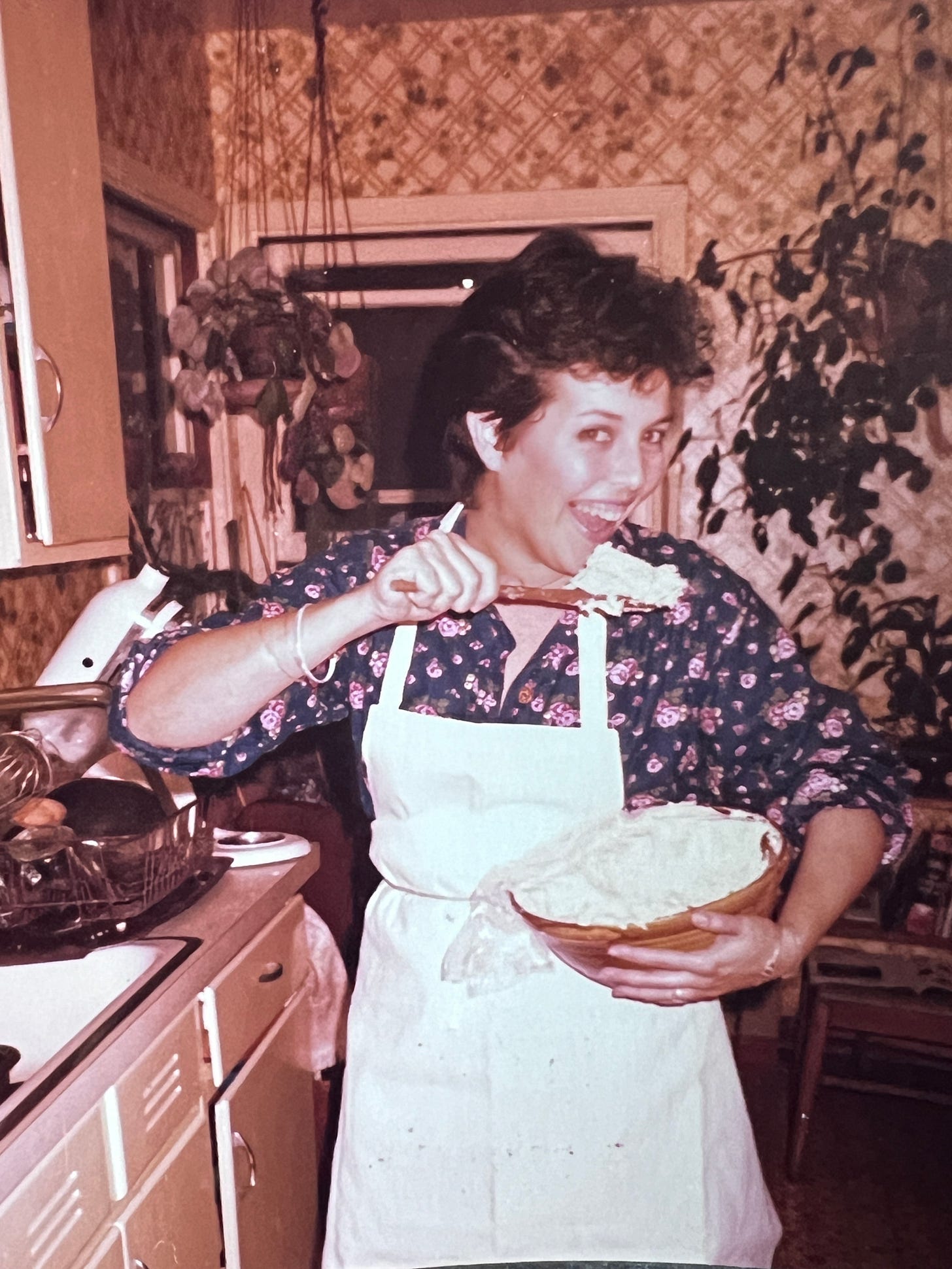



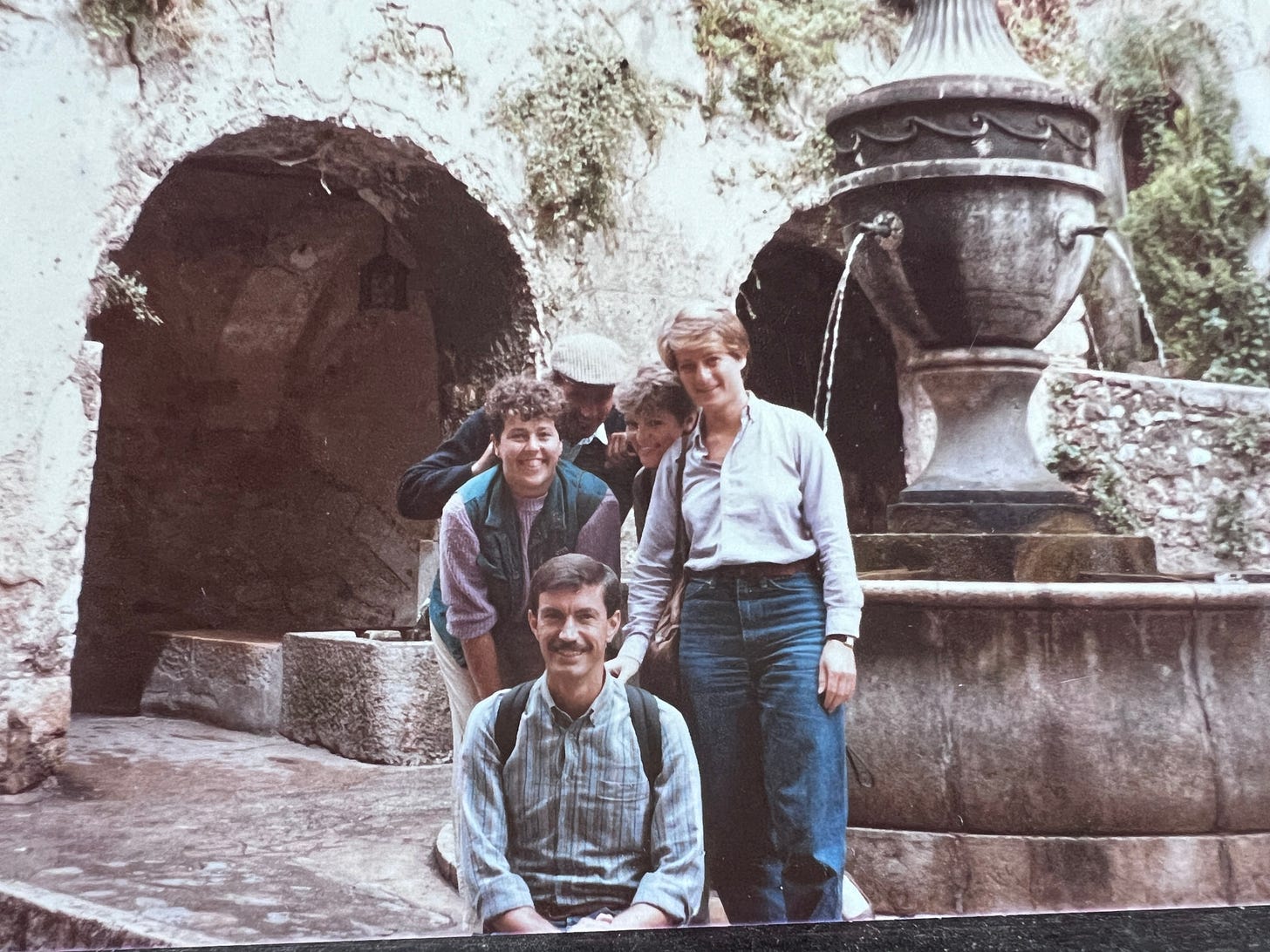
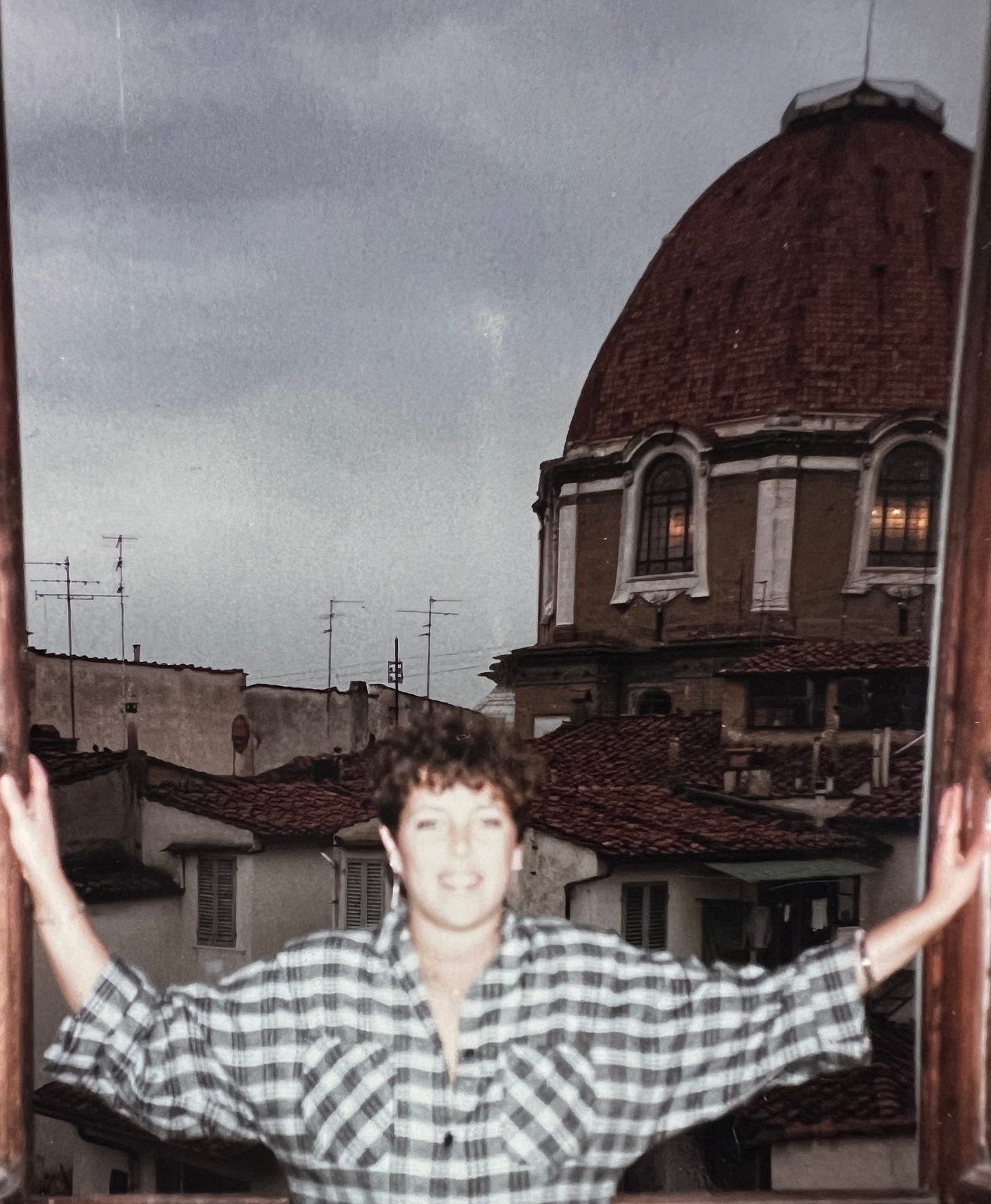
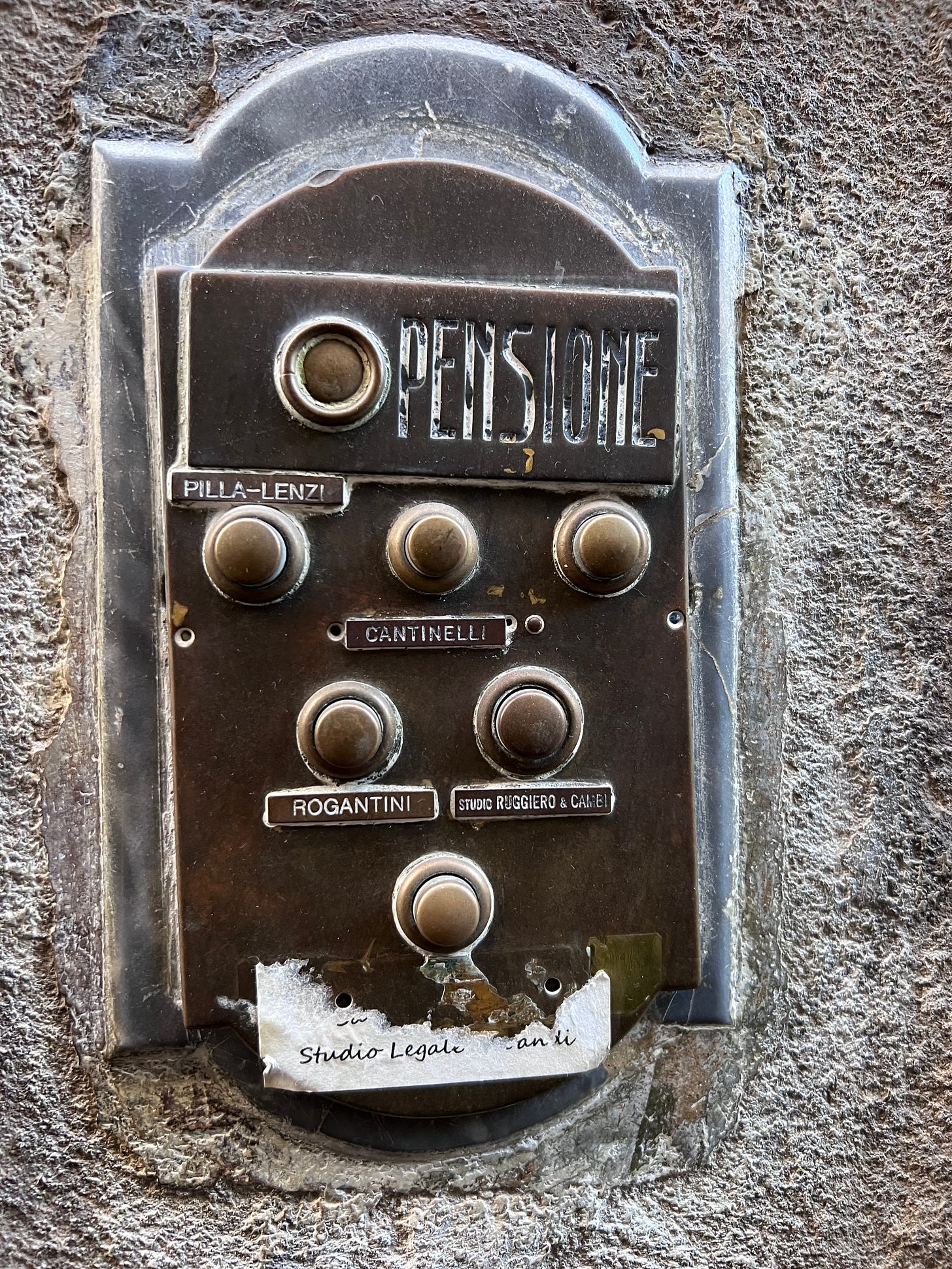

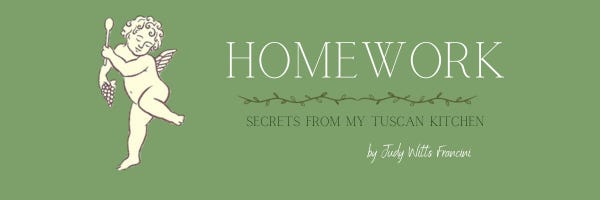
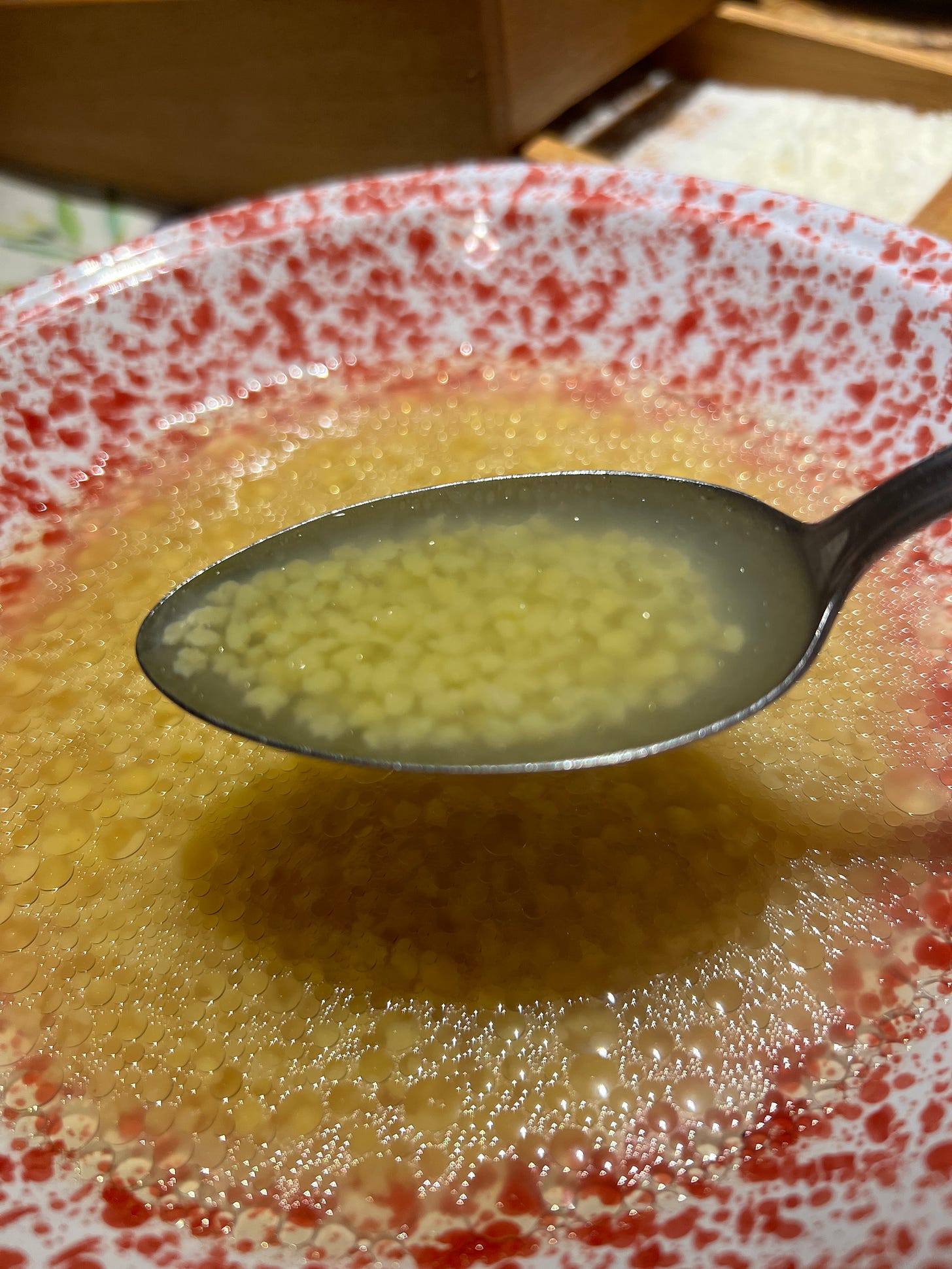

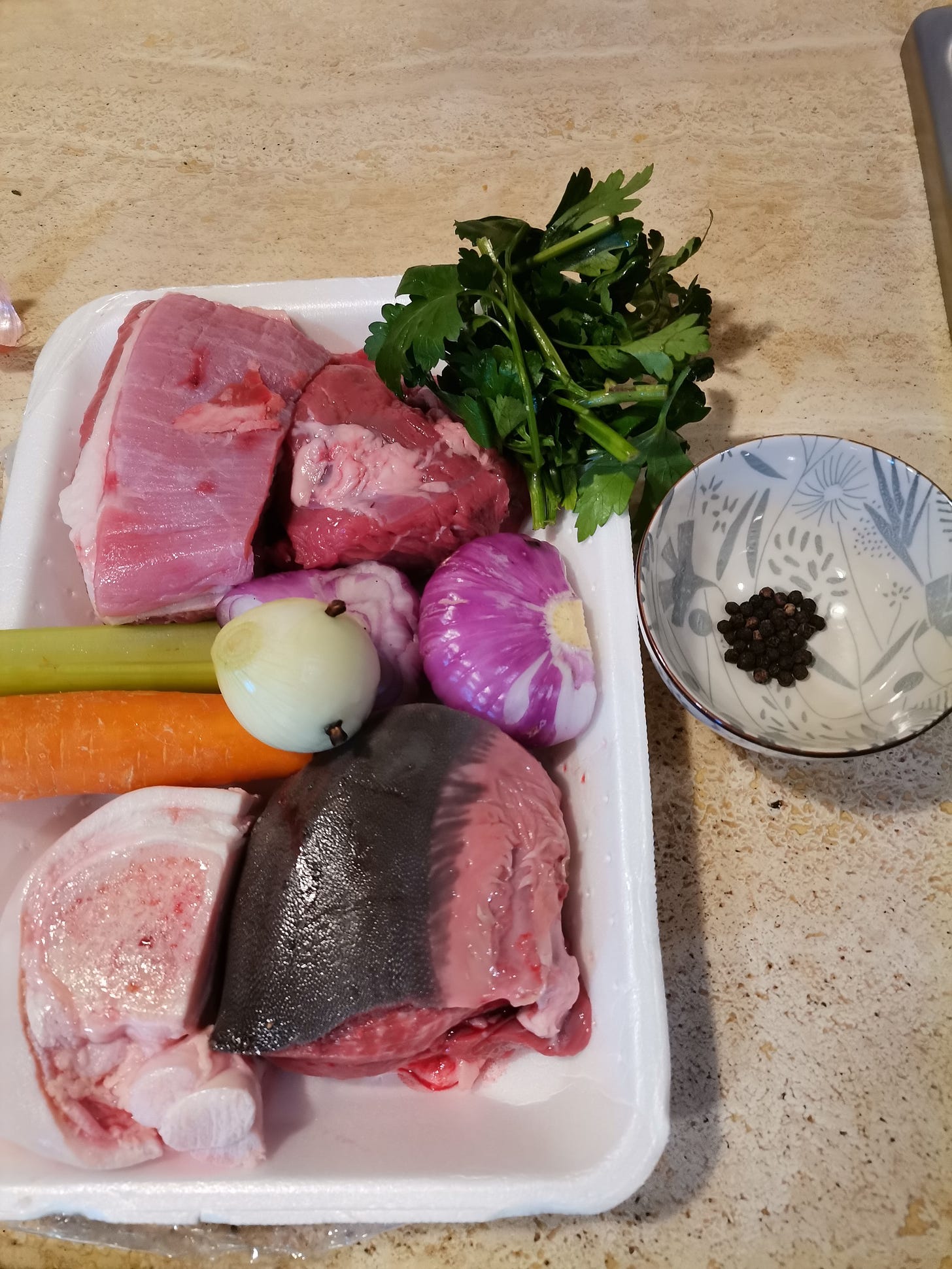


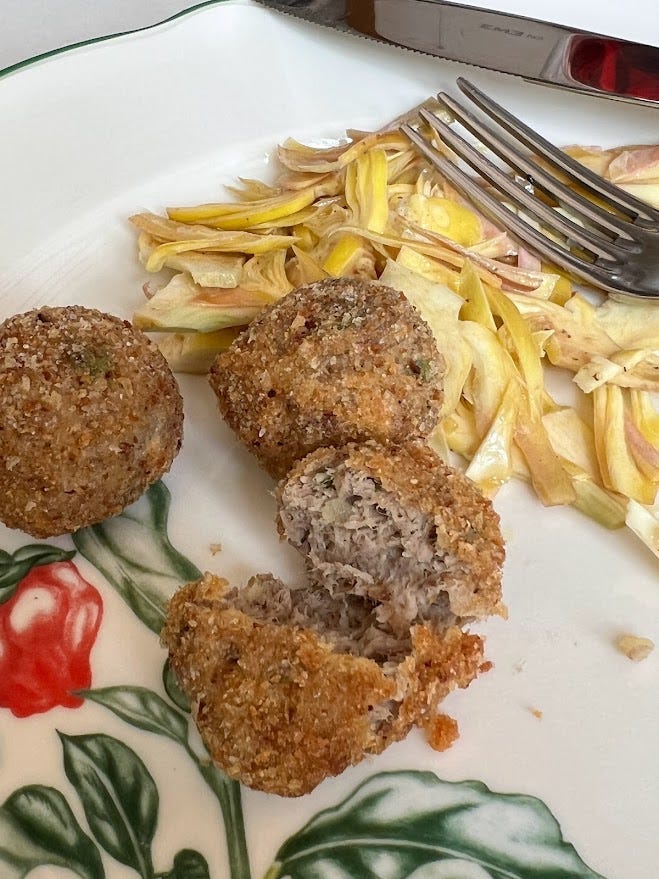



I make brodo every couple of weeks. I literally wrote about it yesterday. In our Sicilian village we don't use tongue but certainly bones with some beef on them, and the same aromats. I added a couple of cloves last time when I saw your recipe. Not strong but a lovely addition. I use bay leaf instead of parsley and I use chicken skeletons. Other differences are that we add large pieces of potato and a chopped up tomato. And mini meatballs when I can be bothered! I have also made it with oxtail in winter for a really rich brodo. Oh and always a piece of pecorino or grano rind. This is in my top 5 dishes. Also mum has told me about how they used to make this soup for weddings with a stuffed, deboned chicken that are turned into cotolletti. That's a story for another day!
Today is my 20th anniversary here!!!